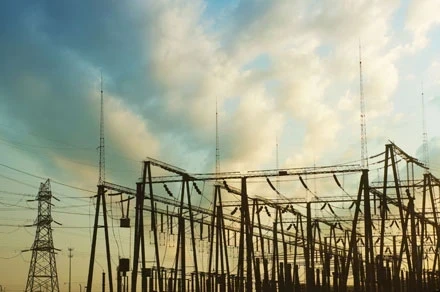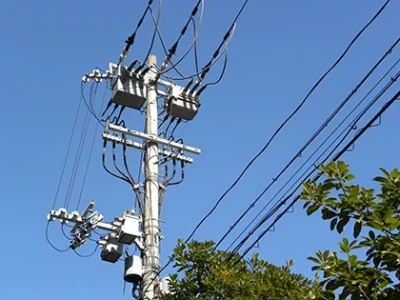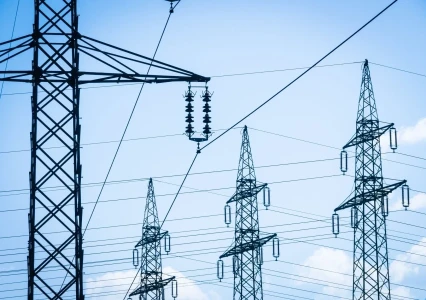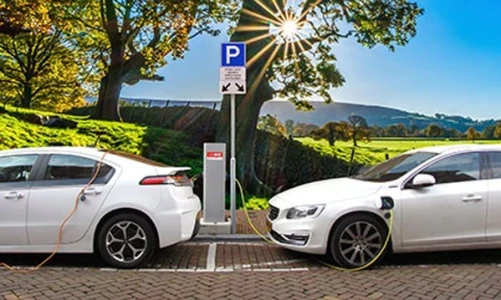Integrating Renewables
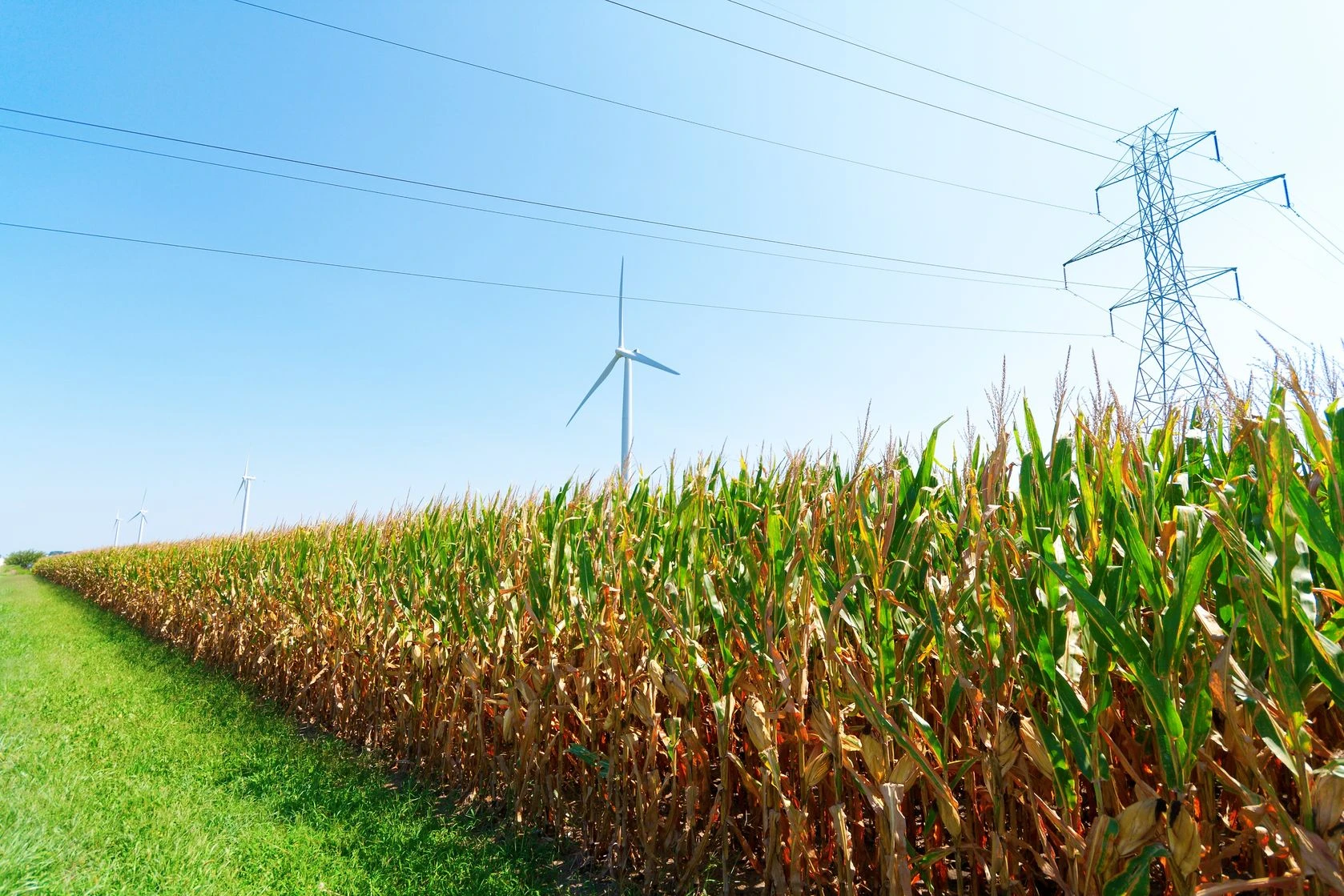
Turning green generation into power
BY THE EXPERTS AT THE WORLD WATCH INSTITUTE
A grid system’s difficulty in absorbing variable generation can present an obstacle to the growth of renewable power, especially when continued improvements in infrastructure and market design are absent. There are many steps, however, that can ease the process, from better resource forecasting to improved grid flexibility.
High-quality renewable resource forecasting is a significant prerequisite for integrating variable generation into the power grid. The more accurately that renewable energy producers and grid operators can predict renewable power production, the less they will have to depend on regulatory markets to account for unexpected changes.
High-quality renewable resource forecasting is a significant prerequisite for integrating variable generation into the power grid. The more accurately that renewable energy producers and grid operators can predict renewable power production, the less they will have to depend on regulatory markets to account for unexpected changes.
In general, integrating variable generation into a grid requires greater flexibility from the power grid. Larger grids or balancing areas (whether measured by the number of generating facilities or the geographic area covered) tend to be more flexible because more power plants are present, which can help smooth the variability in supply and demand.
Stronger grids are more capable to move electricity from the point of generation to the point of demand with a degree of flexibility. Grid strength is often limited by aged, inefficient, or bottlenecked transmission and distribution networks.


